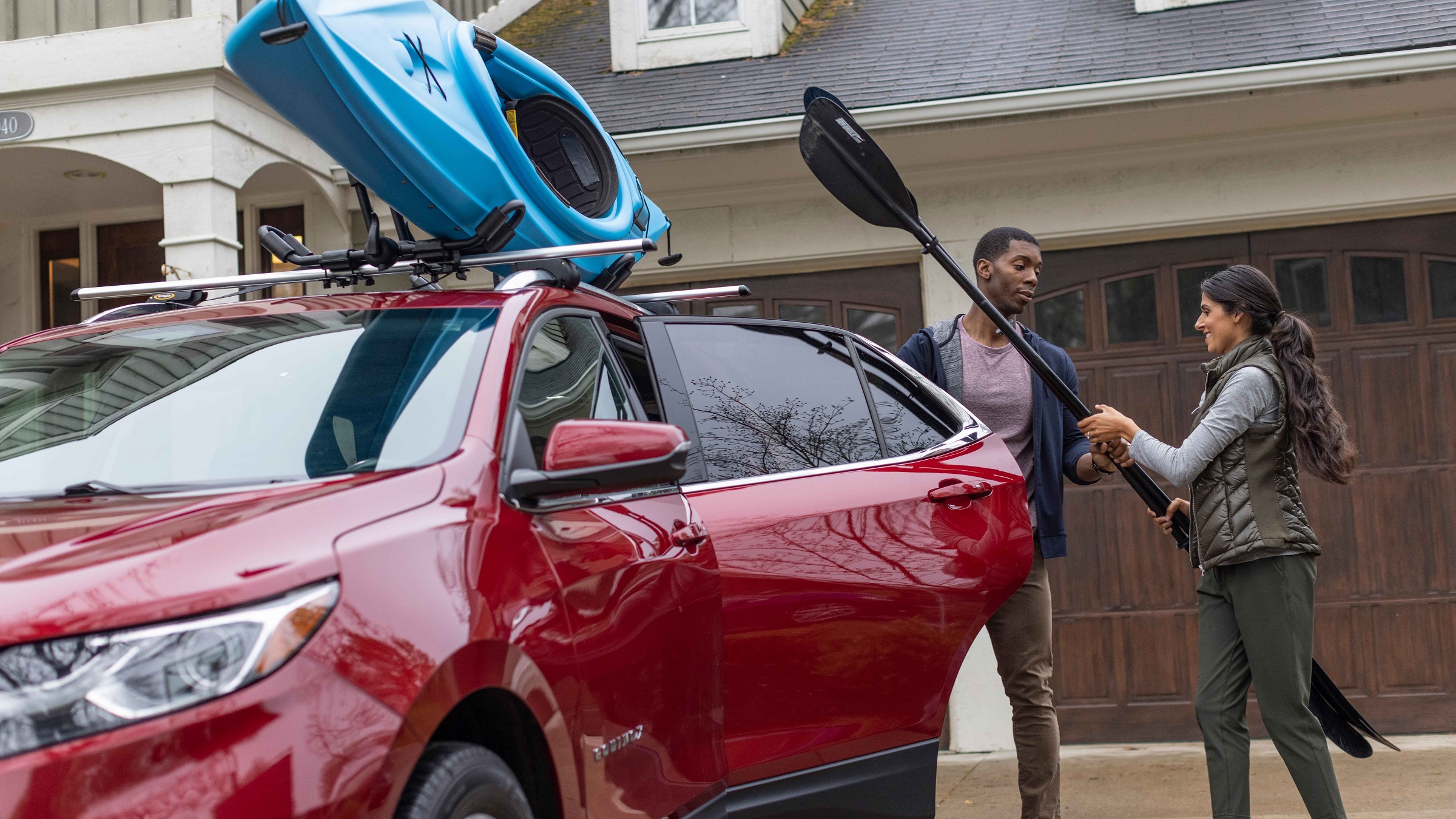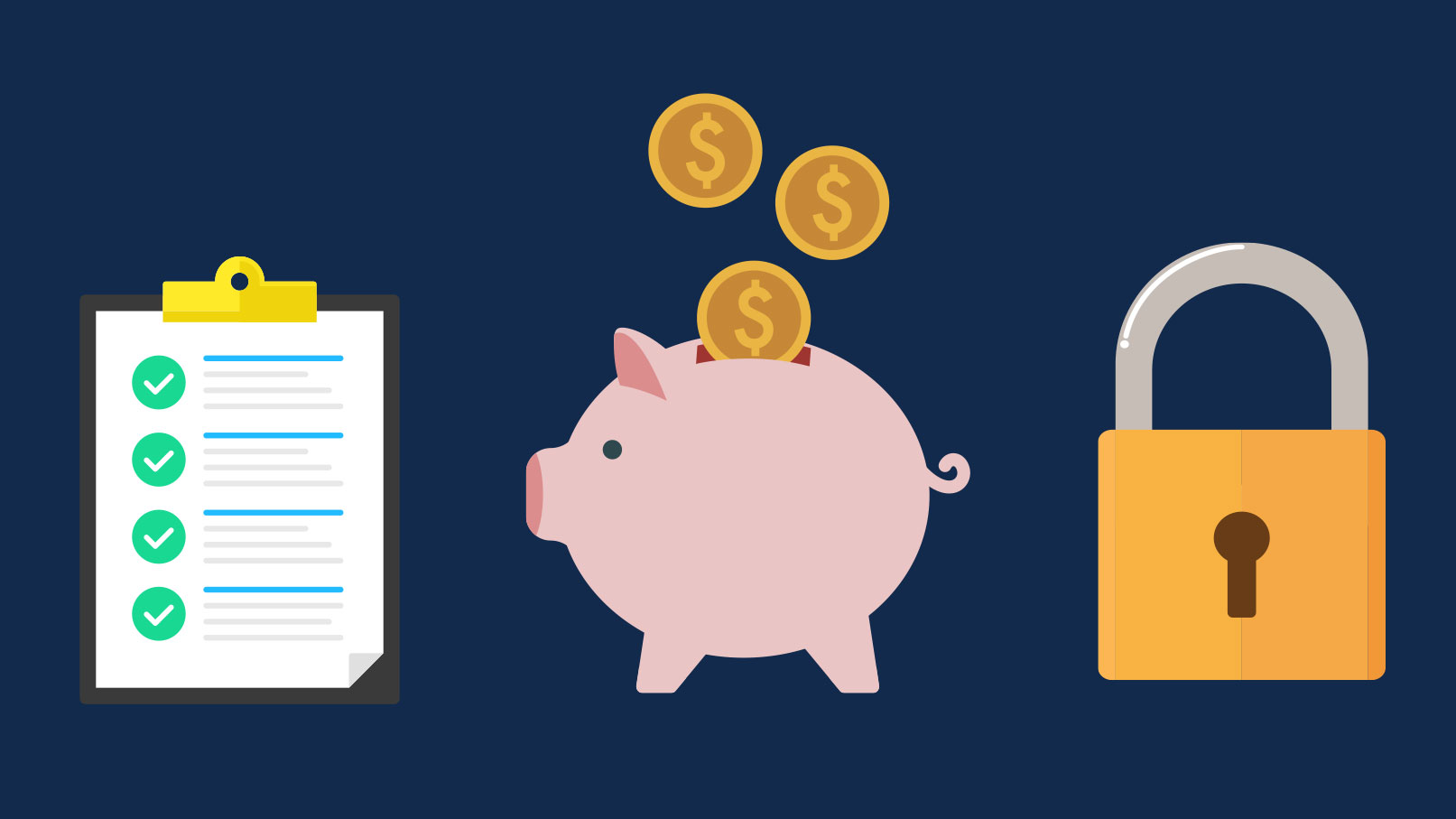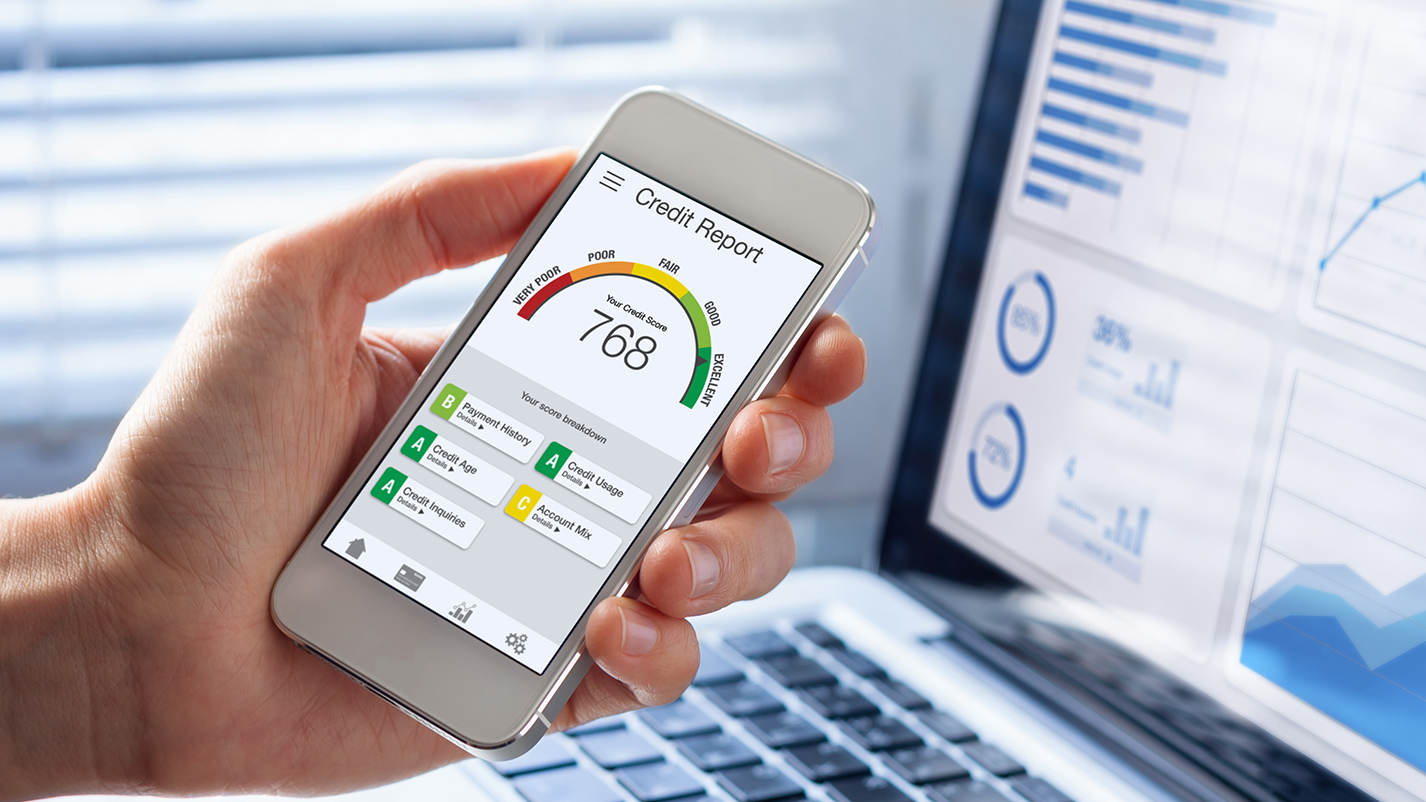
Buying a previously owned vehicle can be a great way to save big on one of your most valuable possessions. Follow these 8 steps for a smoother purchase.
Step 1: Work out a budget
The way you want to pay for your car makes a difference.
If you’re paying with cash, your purchase will be fairly simple. You already have your spending cap and you know what you can afford. Just make sure to budget enough to cover your vehicle’s taxes and registration, too. And it’s a good practice to make sure you have some money set aside for insurance, repairs, and future maintenance.
If you’re taking out an auto loan, your lender can help you determine how much car you can afford. Lower rates cost you less in the long run, so shop around as rates vary among financial institutions. MSGCU is a not-for-profit credit union which means we give back to members with lower rates and lower fees, making our auto loan rates difficult to beat. Learn more about MSGCU auto loan rates and terms and estimate your monthly car payment with our calculator.
Step 2: Do your homework
Do you want a car, truck, SUV, or hybrid? Do you know the make and model you want to buy? There are many choices and options.
When researching available cars, be sure to consider the vehicle’s year, make, model and mileage. It’s also a good idea to find out what the average asking price is for the car you want to buy. You can check the Kelley Blue Book website or Edmunds.com for car values.
Step 3: Get preapproved
If you decide to buy a used vehicle, get preapproved before you shop. Talk with a loan specialist at your bank or credit union to begin the preapproval process. A preapproval may require documentation such as verification of employment and a credit check, among other things. Once you find the car you want to buy, the effort up front will make the loan process go Autobahn fast.
At MSGCU, getting preapproved also lets you lock in the interest rate for your auto loan for up to 45 days, which could save you money if rates increase.
Step 4: Get the vehicle history report
Once you’ve narrowed down your search, learn all you can about each vehicle you are considering. What kind of repairs or maintenance did it undergo? Was it ever involved in a collision?
Ask the dealer or seller if they have a vehicle history report available for review. Policies vary, but many will gladly show it to you or email you a copy. If obtaining one on your own, you’ll be asked for the vehicle identification number (VIN) or for the license plate number. You can get a detailed vehicle report on AutoCheck.com or Carfax.com.
Step 5: Test drive
Pay attention to these details as you try out your potential new car:
- Is there sufficient legroom and headroom?
- Are the seats adjustable and comfortable?
- Is the ride smooth?
- How is the acceleration and power?
- Is the “check engine” light illuminated after initial startup?
- Do you have full visibility?
- Are the brakes working well and working quietly?
- Do all the lights (headlights, brake lights, turning signals, internal lights) work?
- Are there any weird sounds or shaking while driving?
If your car has passed the test drive, ask to see the vehicle’s service records to determine if the car is current with its scheduled maintenance check-ups, such as oil changes and tire rotations.
Step 6: Have it professionally inspected
Private sellers and most dealerships won’t have a problem with you taking the car to a mechanic for an inspection. Having your car professionally inspected will cost you about $100 now, but it can save you loads of aggravation and lots of money down the road (pun intended).
Step 7: Negotiate
Here’s where the fun starts!
When negotiating a price, don’t talk about monthly payments; talk about the price of the car. Make an opening offer based on the average price for your car and use all the information you’ve learned about your vehicle as bargaining chips. Ending up with a good deal may take being firm and not sounding desperate.
Step 8: Make it official
You’re ready to become the official new owner of your car.
Don’t be alarmed if you see extra charges tacked onto your documentation; things like sales tax and a license fee are standard in most states. If you’re buying your car from a private-party seller, make sure obtain a bill of sale and that the title and registration are officially transferred to you.
Finally, don’t drive off until you have insurance – in fact, it’s a misdemeanor here in Michigan to drive without it. Full collision and comprehensive coverage is required when you finance a vehicle with MSGCU, and we have you covered with two insurance partners to help you save on your auto insurance.
You’re all set to take your new car for its first spin! Have questions or want to learn more? Stop by any one of our branches, chat, or call. We’re here to help.
Category: Finance
« Return to "Blog"





































































